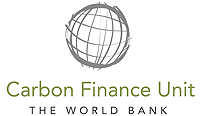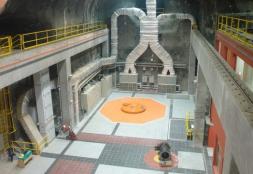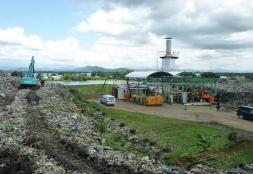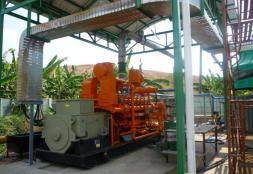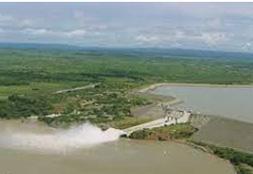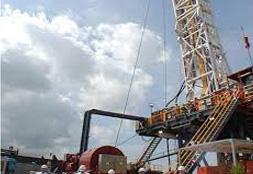The Netherlands Clean Development Mechanism Facility (NCDMF) was established in May 2002 in an agreement between the World Bank and the Netherlands, as a facility to purchase greenhouse gas emission reductions. The agreement, signed with the Ministry of Housing, Spatial Planning and the Environment of the Netherlands (VROM), supported projects in developing countries in exchange for emission reductions under the Clean Development Mechanism (CDM) established by the Kyoto Protocol to the United Nations Framework Convention on Climate Change (UNFCCC).
The NCDMF purchased greenhouse gas emission reductions from renewable energy, energy efficiency and fuel switching activities, but not for afforestation and reforestation.
For developed countries, such as the Netherlands, the establishment of a Clean Development Mechanism facility increased the range of options for complying with their Kyoto Protocol emission reduction requirements, while at the same time promoting sustainable development, capacity building, fostering of knowledge and carbon market creation. In 2014, the Netherlands European Carbon Facility fulfilled its mandate to its facility participants and was closed.
